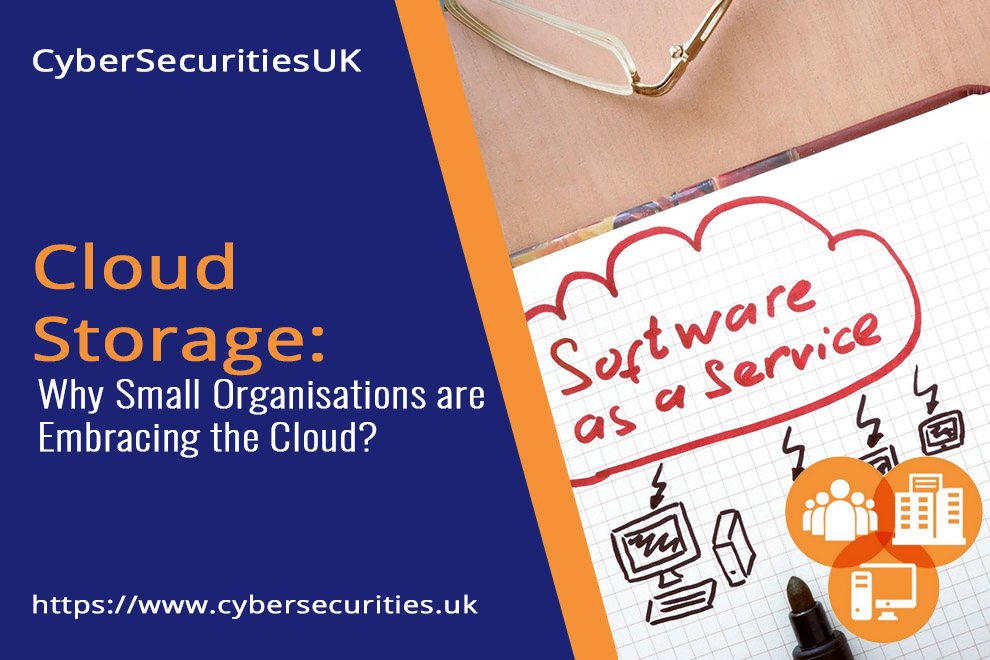Cloud computing involves making on-demand computing services available to clients online and on a pay-as-you-go basis. Organisations can rent access to applications, processing power, and storage from cloud service providers. This makes it much cheaper for them as compared to investing in expensive IT infrastructures. They also have the option to pay for the service whenever and however much they need to use it.
In defining cloud computing, it should be noted that this is a beneficial arrangement for both the clients and the service provider. The clients can enjoy cost-effective access to IT resources, while the service provider can profit from the economics of scale by providing similar services to many clients.
How a Cloud Solution Works
Cloud infrastructure makes it possible for clients to access their programs and files regardless of their location, as long as they are connected to the Internet. There is no need to save files on USB drives, physical hard drives, or disks. That said, they do not have to worry about corrupted drives, damaged physical storage, or lost drives and to some degree backup. With cloud storage, files become easily accessible because they are stored on a server in a network connected to the internet.
It is then up to the cloud service provider to maintain their data centers that offer the necessary storage capacity, security, and computing power to deliver the service to their customers. The biggest names today using cloud technology are Microsoft, Amazon, Google, and Apple. They offer Azure, Amazon Web Services, Google Drive, and iCloud, respectively.
What Types of Cloud Computing Services Are Available?
There are three main types used of services offering computing via the cloud. Knowing what each one entails, can help organisations decide which model is best suited to them.
-
Infrastructure-as-a-Service (IaaS)
This provides Internet-based access to the computing power and storage to customers. It allows customers to rent IT infrastructure, such as networks, storage, virtual machines, dedicated servers, and operating systems. As mentioned earlier, clients can pay only for the resources they need to use.
IaaS are used by organisations for several reasons. One of which is for website hosting. It works as a cheaper alternative to regular web hosting.
IaaS is also used for storage and backup, particularly in meeting compliance and legal requirements in data storage management. It is an ideal cloud type for organisations with an unpredictable surge in data storage needs and demand for data backup and recovery during a disaster.
IaaS computing in the cloud also supports web apps, especially those that need to remain scalable, depending on their demand.
Other major applications of IaaS include high-performance computing for those that rely on computer grids, supercomputers, and the like to calculate complex problems. These computers often seek to predict the weather, conduct earthquake simulations, produce financial models, and more.
Even big data analysis needs IaaS, mainly because the cloud can provide a large amount of processing power this function requires.
IaaS is an excellent investment for organisations because it cuts down on capital expense and ongoing cost, boosts disaster recovery and business continuity plans, and supports rapid innovation. IaaS also supports scalability to accommodate surges in demand for apps, allows organisations to focus on their core business, provides better security, and makes new apps available to the organisations’ users much quicker.
Microsoft Windows Azure is one of the best examples of an IaaS. What’s even better is even if it is associated with Windows, it still works for Linux virtual machines.
-
Platform-as-a-Service (PaaS)
A managed services provider may also offer cloud computing as Platform-as-a-Service (PaaS). Developers often use this service to build and host web apps without managing storage, servers, databases, and networks.
Organisations usually use PaaS as a development framework, which developers can use to customise or develop web-based apps. Developers love the cloud features that ensure high-availability, scalability, and multi-tenant capability that help them cut down on how much coding they need to do.
Moreover, PaaS works for organisations seeking to mine big data to find insights, spot patterns, and predict outcomes for better forecasting, investment returns, and other decisions. It also reduces coding time, provides additional development capabilities that remove the need to hire new staff, and remains affordable despite the available sophisticated tools. They also value PaaS because it supports development teams with staff based in remote locations, and it allows developers to manage the entire web application lifecycle, from the building and testing to the deployment, management, and updating. Again, Windows Azure is a great example of PaaS.
-
Software-as-a-Service (SaaS)
This is also called the cloud as a service. It refers to the delivery of apps as a service, commonly used by most people daily – this is typically what most people think the term cloud refers to. Users access the service using an app or web browser. This is often available on a per-user or per-seat basis. Some of these programs are free, although many require a monthly or yearly subscription.
A good example of this would be Microsoft Office 365 that is available on a monthly and annual subscription. It gives users access to Microsoft Office products.
Another good example of SaaS is a web-based email service. This includes Outlook, Yahoo! Mail, and Hotmail. This service allows users to log into their accounts, usually from a web browser. The email software and messages are hosted on the email service provider’s network. Users can access their email and messages from any Internet-connected device.
Organisations often use SaaS from an IT management service to pay for productivity apps, such as emails, calendar, and collaboration apps. SaaS for businesses also includes customer relationship management (CRM), document management, and enterprise resource planning (ERP). Service providers usually offer these applications by subscription.
There are definite advantages in using SaaS, which make them very popular. SaaS provides sophisticated applications to organisations with affordable pricing. This makes them an ideal arrangement for organisations that cannot afford expensive IT infrastructure and software.
SaaS also requires users to pay for what they use and easily scale up or down as their needs change. Many organisations use SaaS to mobilise their workforce with ease, thanks to the easily accessible data and apps on the cloud that can be accessed from any device online. More recently, this has also helped with the major shift to home working using Microsoft’s One-Drive/SharePoint and Teams.
Conclusion
Cloud computing plays a big role in keeping IT infrastructure costs down and makes many applications and services available to organisations that otherwise would not have been able to afford them. Now that each type of cloud computing services is explained, this should help organisations choose what suits their business model. It could be the IaaS, Paas, or SaaS. Each organisation is unique, so you must understand what each service solution offers and how it will work with your organisation’s setup.






Pingback: What is cloud storage & how does it work? - CyberSecuritiesUK